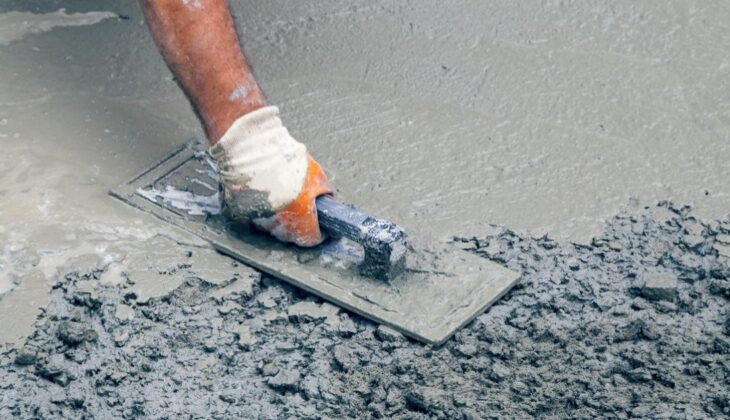Concrete is an adaptable building material, used for creating walls, floors and slabs in both residential and commercial properties.
Concrete can be treated with plasticizers to increase its workability and decrease water content while not impacting strength negatively. These substances help improve workability without negatively affecting strength.
Strength
Concrete house slabs Melbourne is an immensely strong material that is perfect for foundations, dams, tunnel linings and other structures that require high strength. One way of testing the strength of concrete is measuring its compressive strength.
Tensile (pulling) strength is much lower than compressive strength; any structure subjected to tensile stresses must therefore be reinforced with materials of high tensile strength. Concrete can withstand immense loads without cracking if designed and constructed appropriately.
Quality concrete production relies on both its ingredients and mixing methods, with plasticizers helping increase workability for rapid placement and compacting, ideal for projects requiring completion rapidly. Admixtures such as water-reducing agents and superplasticizers may help further decrease water requirements while adding an element of superplasticization that makes concrete even tougher to work with.
Durability
Concrete is widely used to construct the skeletal framework of buildings, including foundations, slabs, columns and beams. Furthermore, its thermal regulation properties help builders save on energy costs.
Like wood, concrete flooring or walls don’t attract insect pests like termites and ants when used for flooring and walls, and small animals cannot burrow through it to find shelter during fall-winter migration patterns.
Concrete is an excellent material to choose for commercial buildings because of its fireproof qualities, providing protection from up to 6-12 hours of fire exposure and helping reduce insurance premiums. Furthermore, its circular economy nature ensures it leaves minimal environmental impacts during its life span.
Aesthetics
Concrete is one of the most ubiquitous building materials. From sidewalks to skyscrapers and dams, you can see it everywhere imaginable – from sidewalks to roads. Concreting is composed of aggregate bonded together with fluid cement that hardens over time into an extremely durable substance.
Concrete can be colored and textured to resemble other materials, like stone. Stamping provides another way of adding unique designs and patterns. This decorative concrete often gives buildings more visual interest.
Concrete can be used to craft practical items for the home, such as bowls and napkin rings. Additionally, it makes an excellent material choice for creating fireplace surrounds outdoors as its waterproof properties provide protection from rainwater runoff, fungal growth and insects.
Recyclability
Concrete is a recyclable material that can be recycled once its useful life has come to an end. Recycling processes involve crushing demolished structures into aggregate materials which can then be reused in new concrete mixes, decreasing our dependency on finite natural resources while simultaneously lessening environmental impacts of extraction and transport of these resources.
Recycled aggregates can often be cheaper than new aggregate, helping construction projects reduce the overall cost and lowering tipping fees. This is especially important as landfill taxes continue to rise and landfills become less accepting of their acceptance criteria.
Recycling concrete waste is an easy, safe, and efficient process. Waste material is crushed with industrial equipment such as jaws and impactors before being screened to separate out dirt from useful aggregates – which reduces costs while being more environmentally friendly. This process can even be conducted directly at the construction site itself!
Maintenance
Concrete surfaces are durable, yet susceptible to wear-and-tear over time. When this occurs, making repairs immediately is key in order to save both money and time in the long run while also protecting your property against further damage.
Concrete’s fireproof qualities also help it ward off fire in buildings, keeping occupants safe from smoke and gas hazards, as it doesn’t release volatile organic compounds into the air that can harm people inside.
Concrete is used extensively in building foundations and floors. Additionally, it acts as an excellent insulator, relieving stress from heating and cooling systems while serving as garden ornaments such as water fountains, gnomes, and statues.
